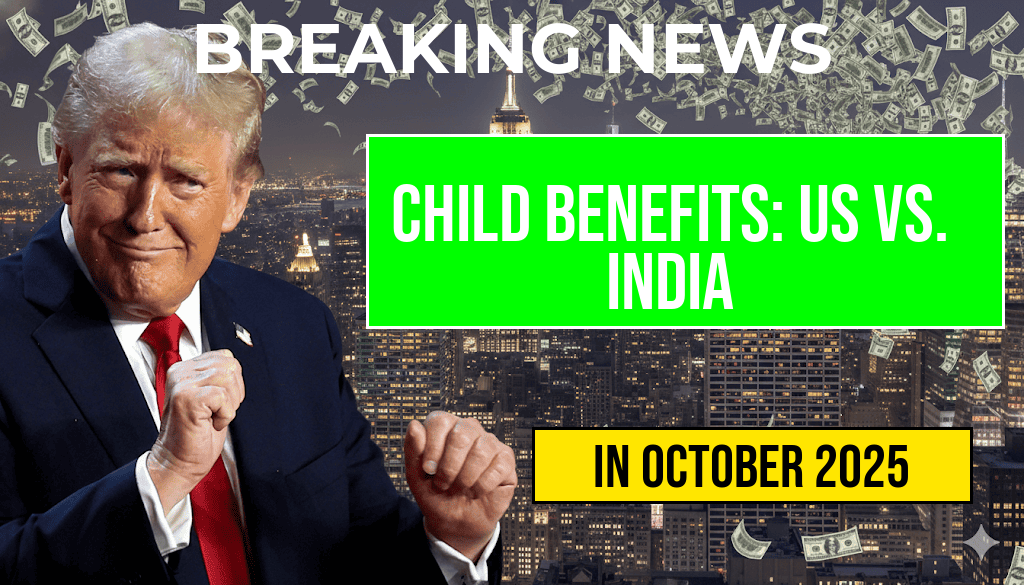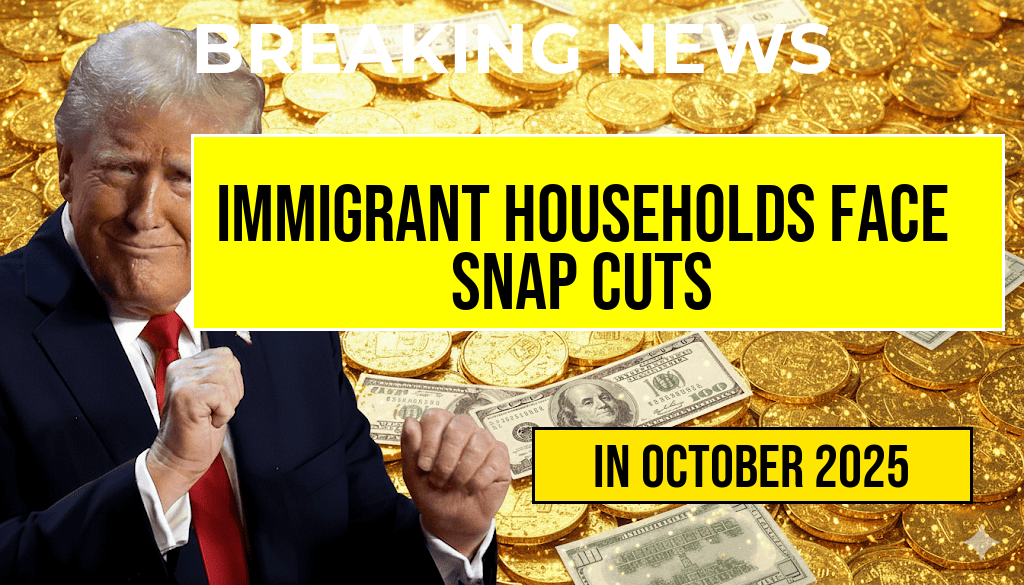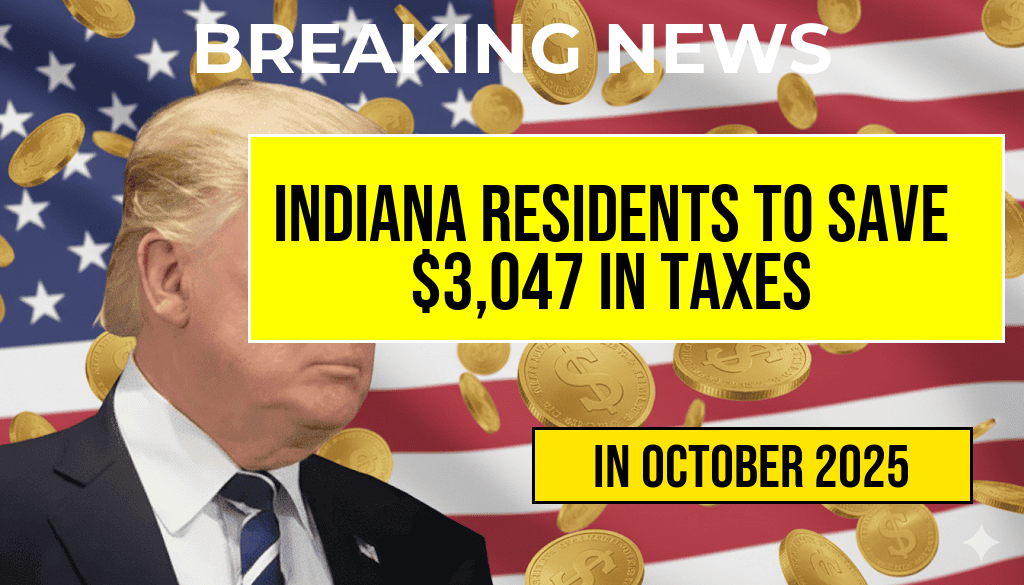Across the globe, nations prioritize child welfare through various financial support programs, yet the scale and impact of these benefits vary dramatically. In the United States, a typical child benefit might amount to around $2,200 annually, reflecting a system rooted in tax credits and direct payments aimed at offsetting family costs. Conversely, in India, the government offers child benefits totaling approximately 165,000 Rupees per year—roughly equivalent to $2,000—but the relative value and purchasing power differ significantly due to economic disparities. This comparison highlights how different countries approach supporting families, shaped by their economic contexts, policy priorities, and social systems. Examining these figures sheds light on the broader landscape of child welfare programs, revealing varied strategies for fostering child development amidst contrasting financial realities.
Understanding the Scope of Child Benefits in the U.S. and India
Child Benefits in the United States
The U.S. primarily offers child benefits through tax credits, with the **Child Tax Credit (CTC)** being the most prominent. For the 2023 tax year, eligible families can receive up to $2,000 per qualifying child annually, with a portion of this amount potentially refundable as the **Additional Child Tax Credit**. These benefits aim to reduce the tax burden and provide direct financial assistance to families with children. The program also complements other social support measures, such as the **Earned Income Tax Credit (EITC)** and various state-level programs. According to the IRS, these credits are designed to lift millions of children out of poverty, although the actual effectiveness varies based on income levels and eligibility criteria.
Child Benefits in India
India’s government offers several welfare schemes targeting children, including the **Integrated Child Development Services (ICDS)** and direct cash transfers under schemes like the **Kishore Vaishvik Education Scheme**. A prominent example is the **Child Money Allowance** provided through various state programs, which can reach up to 165,000 Rupees annually for eligible families. These benefits are often delivered via direct bank transfers, aiming to improve nutrition, health, and education among marginalized populations. While the absolute figure appears substantial in local currency, the purchasing power and cost of living influence the real-world impact of these benefits. India’s social programs are structured to address widespread poverty, with a focus on reaching rural and underserved communities.
Economic Context and Purchasing Power
Comparing the Monetary Values
| Country | Annual Child Benefit | Equivalent in USD |
|---|---|---|
| United States | $2,200 | $2,200 |
| India | 165,000 Rupees | Approximately $2,000 |
Despite similar nominal amounts, the actual value of these benefits is shaped heavily by local costs of living and inflation rates. In India, the average monthly expenditure for basic needs is considerably lower than in the U.S., which means that a benefit of 165,000 Rupees can cover a broader range of essentials in local terms. Conversely, in the U.S., higher living costs mean the same dollar amount corresponds to a relatively smaller impact on daily expenses.
Economic Disparities and Social Outcomes
The disparities extend beyond mere currency conversions. In the U.S., the child benefit system is part of a broader social safety net that includes healthcare, education subsidies, and housing support, often leading to more comprehensive family assistance. India’s programs, while substantial in nominal terms, typically reach a larger segment of the population facing extreme poverty, though they may be less comprehensive in scope. The effectiveness of these programs hinges on factors such as administrative efficiency, cultural acceptance, and local economic conditions.
Policy Implications and Future Directions
Adapting Benefit Structures to Local Needs
Both nations face ongoing debates over the adequacy and structure of child benefits. The U.S. continues to refine tax credits and explore direct cash transfer models to better support low-income families. Meanwhile, India is experimenting with digital payment systems and targeted subsidies to improve reach and efficiency. These adaptations aim to address gaps in coverage and ensure that benefits effectively translate into improved health, nutrition, and educational outcomes for children.
Impact on Child Development and Poverty Reduction
Research indicates that well-designed child benefit programs can significantly reduce child poverty, improve health metrics, and enhance educational attainment. For instance, studies from the U.S. show that increases in the Child Tax Credit correlate with better school performance and reduced food insecurity. Similarly, India’s welfare schemes have contributed to improvements in child mortality rates and immunization coverage, though challenges remain in ensuring equitable access across regions.
Looking Ahead: Challenges and Opportunities
As nations seek to optimize their child support systems, the key lies in balancing financial aid with broader social policies that promote long-term well-being. Bridging disparities in economic capacity and infrastructure can help elevate the quality of life for children worldwide. Technological innovations, such as digital payments and data-driven targeting, offer promising avenues to enhance the effectiveness of these programs. Ultimately, aligning benefits with local economic realities remains essential to fostering sustainable development and safeguarding the future of children across diverse contexts.
For further insights into global child welfare initiatives, visit Wikipedia’s Child Welfare page or explore economic analyses at Forbes.
Frequently Asked Questions
What are the main differences between child benefits in the U.S. and India?
The primary differences lie in the amounts of financial support provided, with the U.S. offering around two thousand two hundred dollars per child, whereas India provides approximately one hundred sixty-five thousand rupees. Additionally, the benefit structures and eligibility criteria vary significantly between the two countries.
How does the value of child benefits compare between the U.S. and India?
The monetary value of child benefits in the U.S. is approximately two thousand two hundred dollars, while in India, it is around one hundred sixty-five thousand rupees. When considering exchange rates and living costs, the relative value and impact of these benefits differ markedly.
What factors influence the amount of child benefits provided in different countries?
Factors such as economic development, government policies, cost of living, and social welfare priorities influence the size and structure of child benefits in each country.
Are there any eligibility criteria for receiving child benefits in the U.S. and India?
Yes, both countries have eligibility requirements. In the U.S., eligibility may depend on income level and family situation. In India, criteria include income thresholds, citizenship, and child age. These criteria ensure benefits are targeted to families in need.
How do international differences in child benefits reflect each country’s social policies?
The differences highlight each country’s approach to social welfare. The U.S. emphasizes per-child monetary support, while India focuses on comprehensive welfare schemes aimed at poverty alleviation and family support. These strategies reflect varying priorities and economic capacities.








